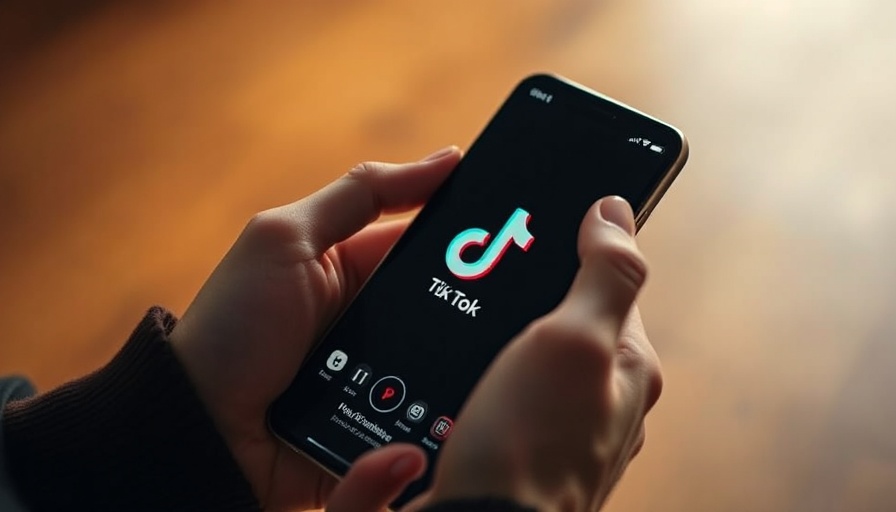
Understanding TikTok's New Features for Healthier Digital Habits
As TikTok continues to dominate the social media landscape with over 2.1 billion users, the platform is leaning into its role as a community hub for younger audiences. With around 25% of its user base aged between 18 and 24, TikTok is taking steps to ensure that digital wellbeing is prioritized. Its recent rollout of enhanced parental controls and wellbeing features aims to support families in nurturing healthier digital habits amongst teens.
Empowering Parents with Enhanced Tools
The newly expanded Family Pairing feature empowers parents by giving them the tools to manage their teens’ screen time more efficiently. For example, the Time Away feature provides the ability to set breaks for teens at strategic times, ensuring a balance between social media use and offline activities. This empowers families to tailor their approach according to their unique dynamics—whether it's maintaining focus during study hours or encouraging quality family time at night.
Adam Presser, TikTok's Head of Operations & Trust and Safety, emphasizes that “no teen or family is the same,” highlighting the importance of customizable solutions that adapt to various family scenarios. This development reflects a growing awareness of how parents can foster a balanced relationship with digital platforms, which is crucial in today’s media-rich environment.
Why Digital Balance Matters
Research indicates that excessive social media use can lead to significant mental health challenges for youth. According to recent findings, spending more than three hours a day on social media can double the risk of mental health issues among adolescents. By introducing features like a winding down reminder for usage post-10 p.m., TikTok aims to mitigate these risks. For users under 16, notifications will interrupt their feeds with calming reminders that promote self-awareness and help facilitate a transition to better sleep habits.
Global Relevance of the Initiative
TikTok's efforts are especially relevant across markets. In regions like the U.S., which boasts nearly 136 million users, and in Africa, where TikTok has a growing presence, the importance of promoting mental wellbeing cannot be overstated. Countries with large young demographics are particularly at risk of the negative impacts associated with excessive screen time, making TikTok’s commitment to enhancing user safety a proactive move.
Looking Ahead: The Future of Digital Wellbeing
These updates signal a broader trend across technology platforms to enforce healthier usage habits. TikTok is not only responding to user feedback but is also preemptively addressing potential regulatory pressures by positioning itself as a site that facilitates mindful social media engagement. By investing in tools that encourage accountability, TikTok is shaping a healthier online culture for its users.
As the digital landscape continues to evolve, it’s critical for parents, educators, and technology firms to collaborate in fostering a balance that respects the benefits of connectivity while ensuring psychological safety for younger users. With initiatives like these, TikTok aims to cultivate a culture of responsibility, allowing users to enjoy their favorite digital spaces without falling prey to the pitfalls of technology overload.
 Add Row
Add Row  Add
Add 




Write A Comment